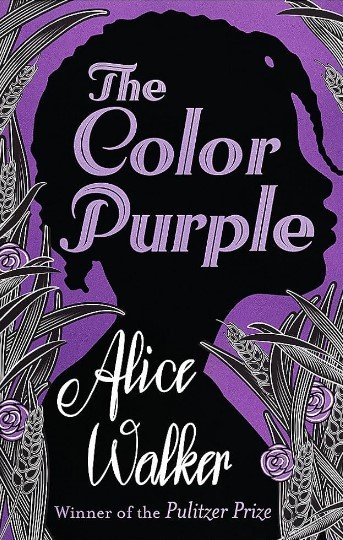Welcome! I guess you are searching for the best story books to read in English. Aren’t you? If yes, well, you have arrived at the right page! I have some of the best storybooks with interesting storylines that can greatly impact your life. Moreover, these can change your perception of your life and inculcate the habits that can make you a better person. So, if you are ready to get inspired with these storybooks, keep reading the article till the end!
Here Are Best Story Books To Read In English
1. Things Fall Apart
Have you ever wondered how cruel we humans were to the concept of racism?! This is one of the best story books to read in English that will have a great impact and make you realize the effects of discrimination. The book tells the life story of Okonkwo, the Igbo warrior, who raises his voice against the colonial government. He belongs to a tribal community namely Igbo and the white people try to suppress the community. The events that happened next will make your reading more interesting.
2. The God of Small Things
This is a book that talks about untouchability on society and its harmful effects. The story is set in Kerala and revolves around Ammu and his English cousin. The statement revolves up to 1963 and 69 and gives the perception of a parallel story. In addition, the story reveals family mobility, mystery and tragedies. It investigates subjects of caste, love, violence and loss.

3. Beloved
Beloved is the right choice if you like to read books with historical stories. The story is a bit scary and haunting with the character named Beloved who is the dead daughter of Sethe. The house, numbered 124 is haunted and Sethe has lived there with her daughter Denver for 18 years. Sethe’s mother-in-law, Baby Suggs, died eight years ago, and her two sons, Howard and Buglar, ran away from the haunted home. She has a woman guest who is Beloved and Sethe tells her life story to her with pain.
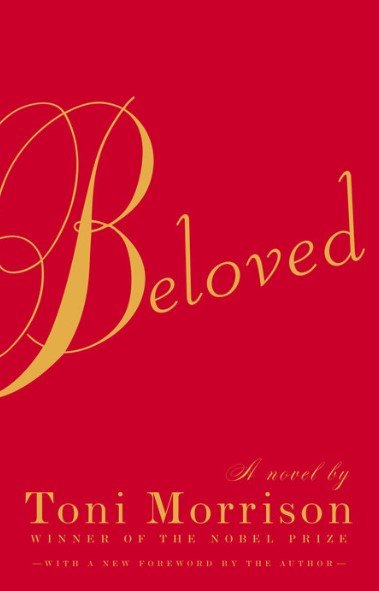
4. The Handmaid’s Tale
The dystopian elements in a book make the readers gain more interest and eagerness to know the climax. The Handmaid’s Tale is one such book that takes us into a dystopian future of the United States where things are not right. There is a new theocratic regime called Gilead in the US, where the birth rates decreased and women were given the responsibility of bearing children for elite parents. The story follows her struggles for survival, secrets, and resistance in this oppressive society.
5. A Fine Balance
If there are so many issues in his life such as discrimination, political unrest, economic issues etc. seem terrible. Correct? But, here is the book that has an inspirational story to overcome all difficulties and succeed in life. A great balance is a book that tells the story of four people who come from different backgrounds and face the same obstacle in life. I am sure it will be one of the best story books to read in English that can change your life!
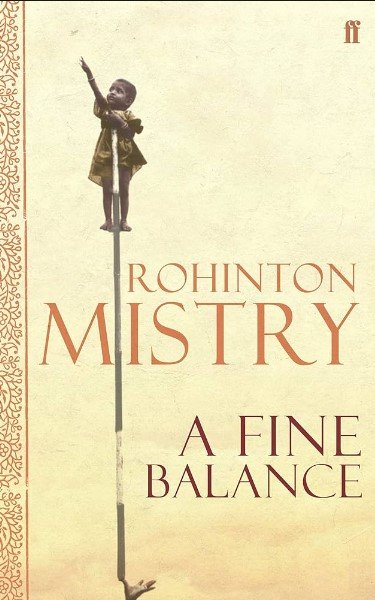
6. Infinite Jest
If you feel that you are lonely and desperate in your life, well, here is one of the best story books to read in English, Infinite Jest. The reason I suggest this book is, it has several life lessons that can change your life! The book explores themes like addiction, entertainment, and the search for meaning. Hal Incandenza is a tennis player with communication challenges, Don Gately, a recovering addict, Kate Gompert, who battles depression, Wallace’s weird thinking, etc are the characters in the book that make you realize the importance of overcoming loneliness and depression in life.
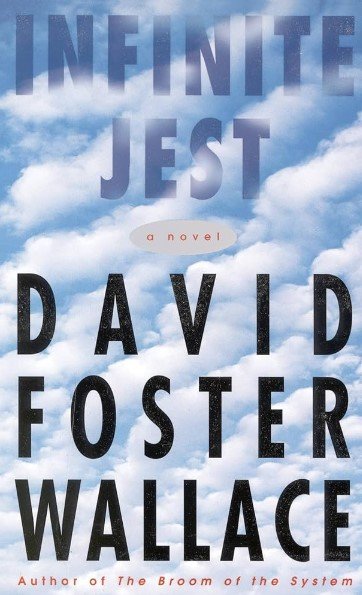
7. To Kill a Mockingbird
It is a great sin to judge or frame a person, which is visible and his race. This is the story of Tom Robinson, who used to make false accusations of a crime as he belonged to the black race. The white people and judges around him have also chosen prejudice Tom. Aticus is a famous lawyer who tries to prove Tom’s innocence and saves him in court. But in the end, this is the idea that people have made in their minds. Tom was punished despite his innocence. It is one of the best story books reading in English that sounds against racism.
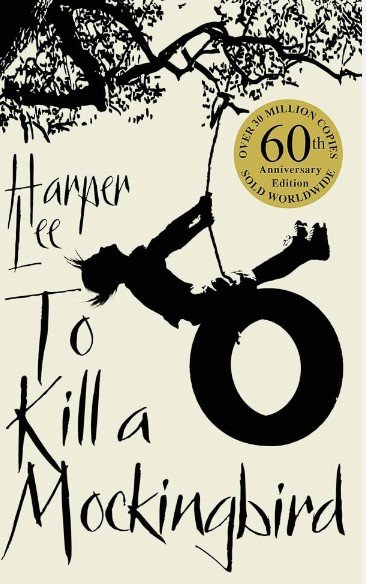
8. Lanark: A Life in Four Books
There is a collection of 4 books talking about life and experiences in life. The novel has a strange order of books in 3,1,2, and 4. The book 3 tells the story of Lanark, which causes a strange disease of his skin to a scale due to emotional oppression. Books 1 and 2 Duncan Thaw’s life should be followed by childhood in the East War Glasgow to his offspring and finally in suicide. The final book refers to the visit to Lanark back in Anhank. I can assure you that it is one of the best history books you can read in English because it has a different story!
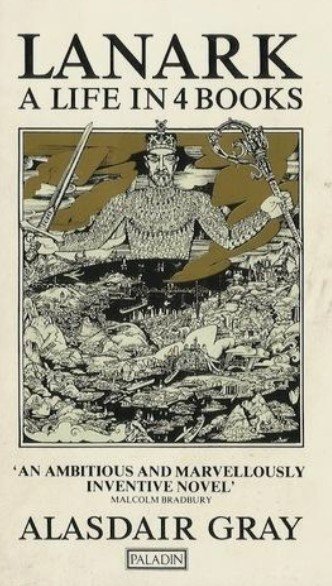
9. Stranger in a Strange Land
Do you like to read science fiction? Then it is one of the best story books to read in English with amazing science-fi storylines! Here Valentine is a person named Michael Smith, who was born on Mars and visited Earth on a campaign. As he was raised by Martians, he finds everything different on earth, where there are major organized religion. He becomes a cultural event, which challenges social norms and religious beliefs. You will entertain the events after that.
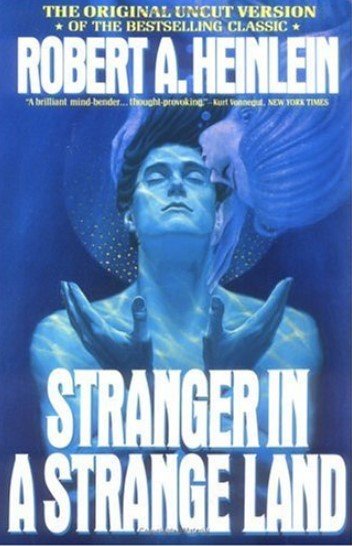
10. The Color Purple
Whoever feels determined in his life, I can ask to make sure that your lifestyles will change lots after analyzing this book. Celly is an African-American woman who is available in lots of difficulties this is going to stand a lady. Those who commenced with an abusive father who spoiled their early life faces a chain of different problems which includes racism, juvenile being pregnant and derogatory marriage. Nevertheless, as a girl, she works hard to live in life and succeeds. I am certain it is one of the first-rate tale books to examine in English.
